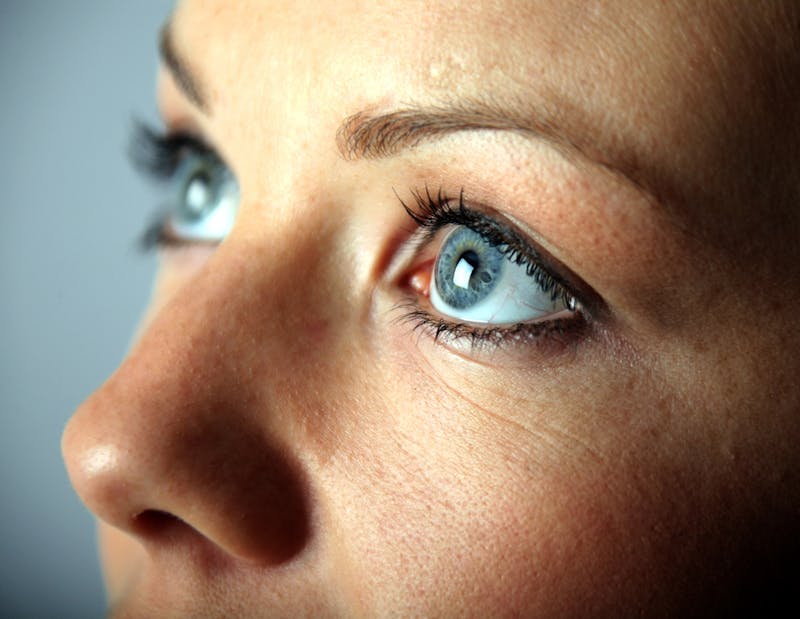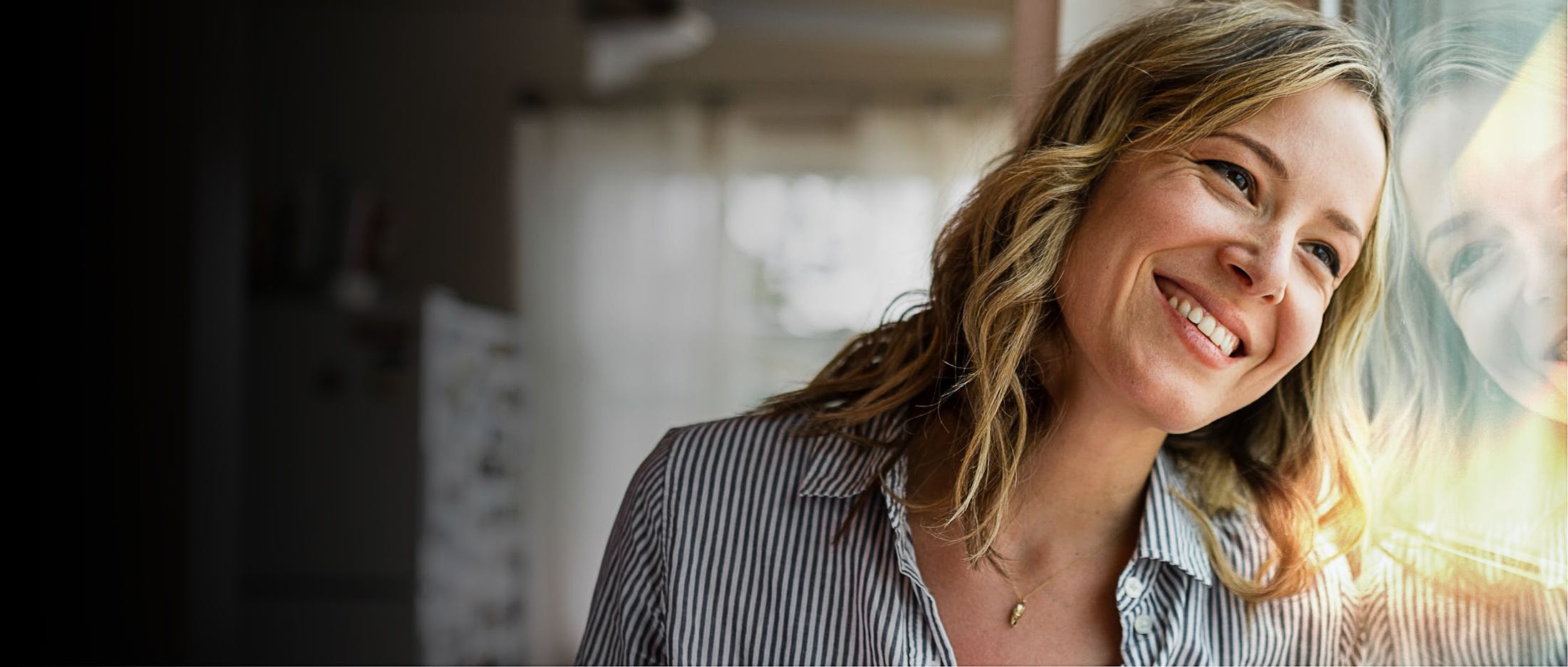
LASIK has delivered freedom from glasses and contacts for millions of people worldwide. But how long does LASIK actually last? Is LASIK permanent, or will you need glasses again in 10 or 20 years?
At Kelly Vision, where Dr. James Kelly and Dr. Ashley Brissette have performed tens of thousands of successful LASIK procedures, we often hear this question from patients considering laser vision correction. Let’s explore what you can realistically expect from LASIK surgery over time—and how your vision may change decades after your procedure.
LASIK At-a-Glance
| Timeframe | What to Expect |
|---|---|
| 0–5 Years | Stable 20/20 or better vision, no glasses needed |
| 5–10 Years | Minor shifts possible, but most retain sharp vision |
| 10–20+ Years | Age-related changes (like presbyopia) may appear; distance vision typically remains clear |
Is LASIK Permanent?
Yes, LASIK permanently reshapes the cornea, which corrects refractive errors such as:
- Nearsightedness (myopia)
- Farsightedness (hyperopia)
- Astigmatism
Once those changes are made to the corneal tissue, they do not revert. In this way, LASIK is a permanent treatment for your prescription during surgery.
However, while the corneal reshaping is permanent, your eyes will continue to age. This means that other age-related vision changes may still occur later in life, just like they would have even if you’d never had LASIK.
What to Expect 5 Years After LASIK
For most people, vision after LASIK remains excellent for at least five years or longer. An extensive study by the FDA's PROWL (Patient-Reported Outcomes With LASIK) program found that more than 95% of patients were satisfied with their vision years after surgery, with many achieving 20/20 or better without glasses.
At this stage, most people:
- Enjoy stable, sharp vision
- Don’t need glasses or contacts
- May experience mild dryness, especially in the first few months (which is treatable)
What to Expect 10 Years After LASIK
By the 10-year mark, your original LASIK correction still holds. However, some patients may experience minor changes in their vision due to:
- Natural aging of the eye
- Slight refractive shifts over time (especially if vision was unstable pre-LASIK)
According to a 2020 meta-analysis published in Ophthalmology, around 10% of LASIK patients may experience some regression after a decade, meaning their vision could drift slightly back toward nearsightedness or astigmatism (Schaefer et al., 2020). These changes are usually small, and in many cases, eligible for an enhancement procedure.
What to Expect 20 Years After LASIK
Two decades after LASIK, most people still report strong distance vision, especially in their 20s or 30s, when they had the procedure. However, age-related changes like presbyopia may now become noticeable.
Presbyopia is the natural stiffening of the eye’s lens that affects everyone after 40 or 50, making it harder to see up close. It’s not caused by LASIK, and would happen regardless; however, it may mean you’ll need to consider other options like:
- Reading glasses
- Monovision LASIK (one eye corrected for distance, the other for near)
- Refractive lens exchange (RLE) or presbyopia-correcting lenses in your 50s or 60s
It’s important to remember: LASIK doesn’t prevent normal aging, but it can significantly improve your quality of vision during the decades when you use your eyes the most.
Will I Need LASIK Again?
In most cases, no. But if your prescription changes or regresses slightly with age, you may be eligible for a LASIK enhancement, a quick, minor touch-up performed years after your initial procedure.
Dr. Kelly and Dr. Brissette use top-tier diagnostics and advanced laser platforms—like Intralase® Bladeless LASIK and WaveLight® EX500 Excimer—to ensure precise outcomes and long-term satisfaction. If an enhancement is needed, it’s usually because the eyes have aged, not because the initial LASIK has “worn off.”
Considering LASIK? Trust New York’s Most Experienced Surgeons
Thousands of New York City and Long Island patients have achieved lasting results with LASIK at Kelly Vision. With over 50,000 LASIK and cataract procedures performed, Dr. James Kelly and Dr. Ashley Brissette bring an unmatched combination of experience, compassion, and personalized care to every step of your vision correction journey.
When you choose Kelly Vision, you're selecting trusted experts who will be personally involved from your consultation through recovery. Using the most advanced laser technologies available, our board-certified ophthalmologists deliver safe, precise outcomes that last.
It all starts with a free consultation at our Manhattan or Long Island offices. Discover if you're a candidate, explore your customized options, and experience the boutique-level care that has made Kelly Vision the leading destination for LASIK in New York. Contact us today.


